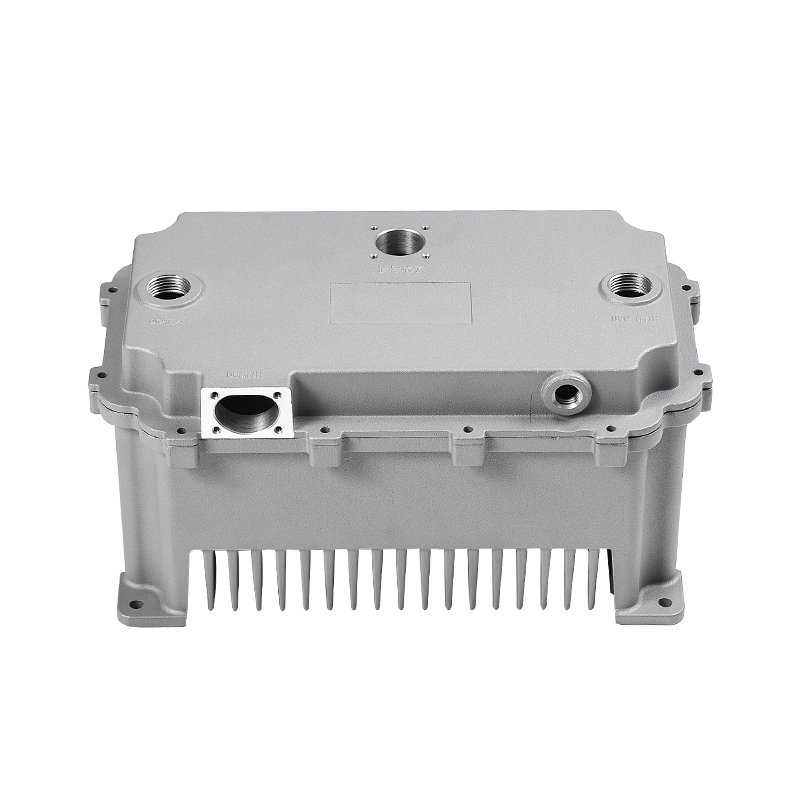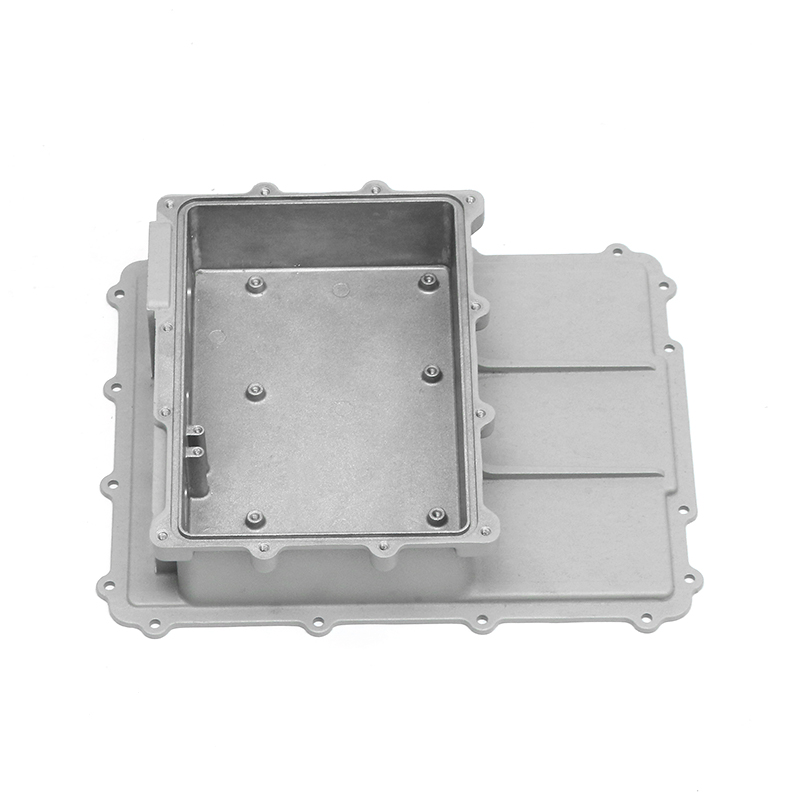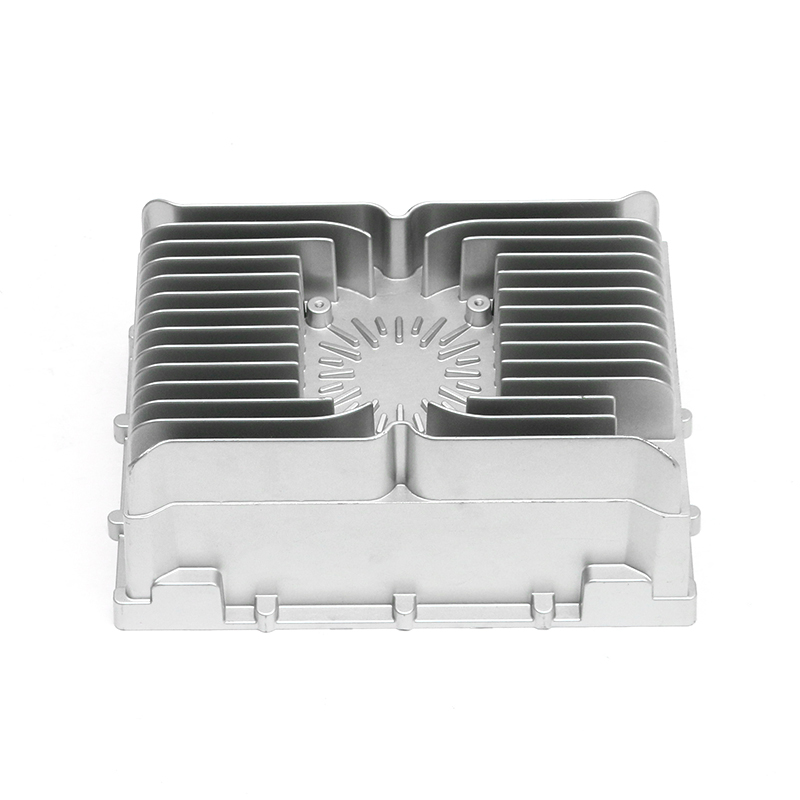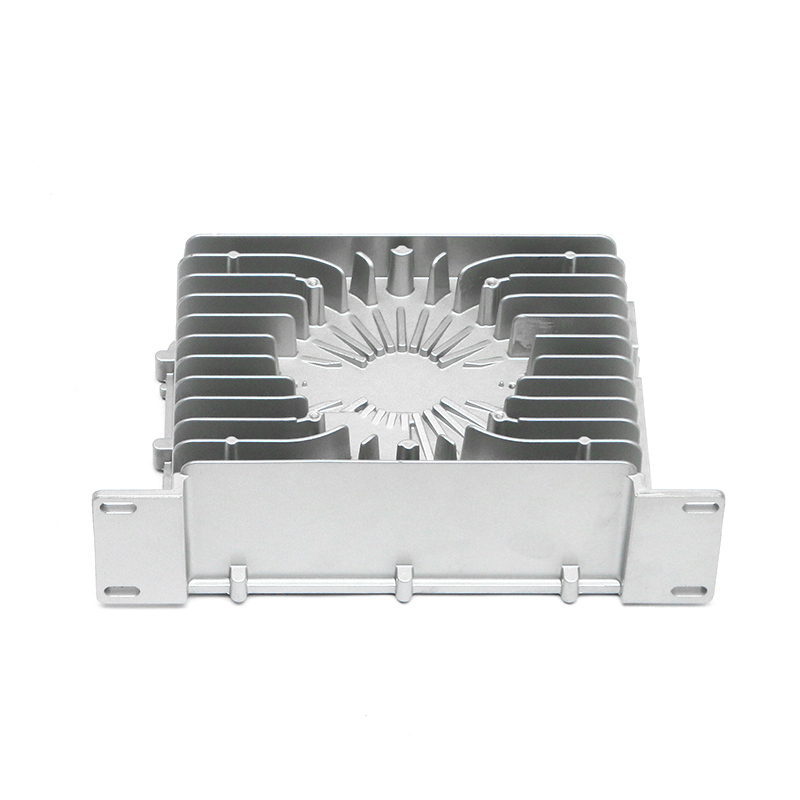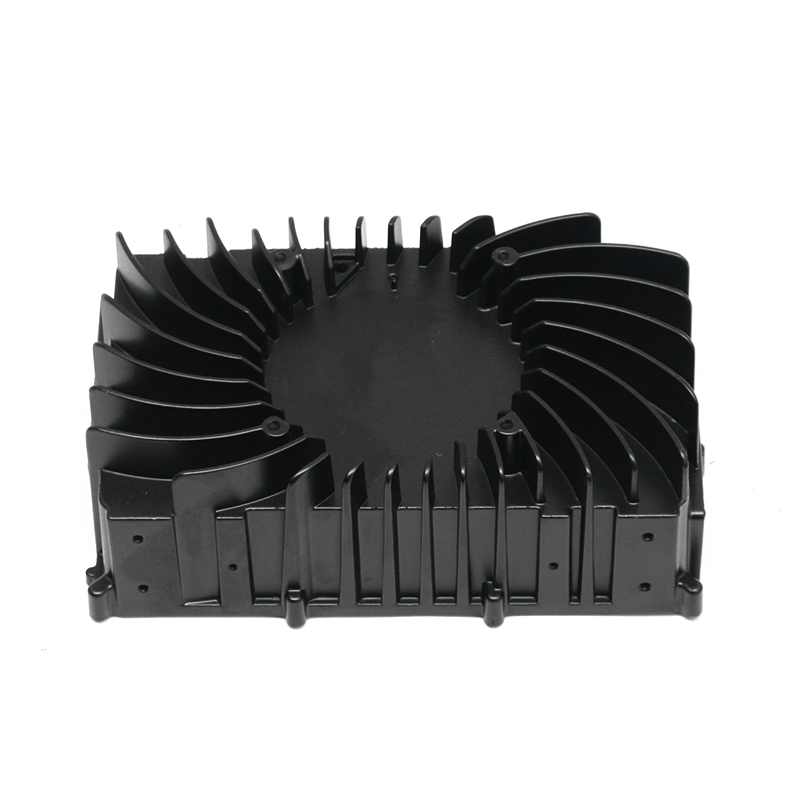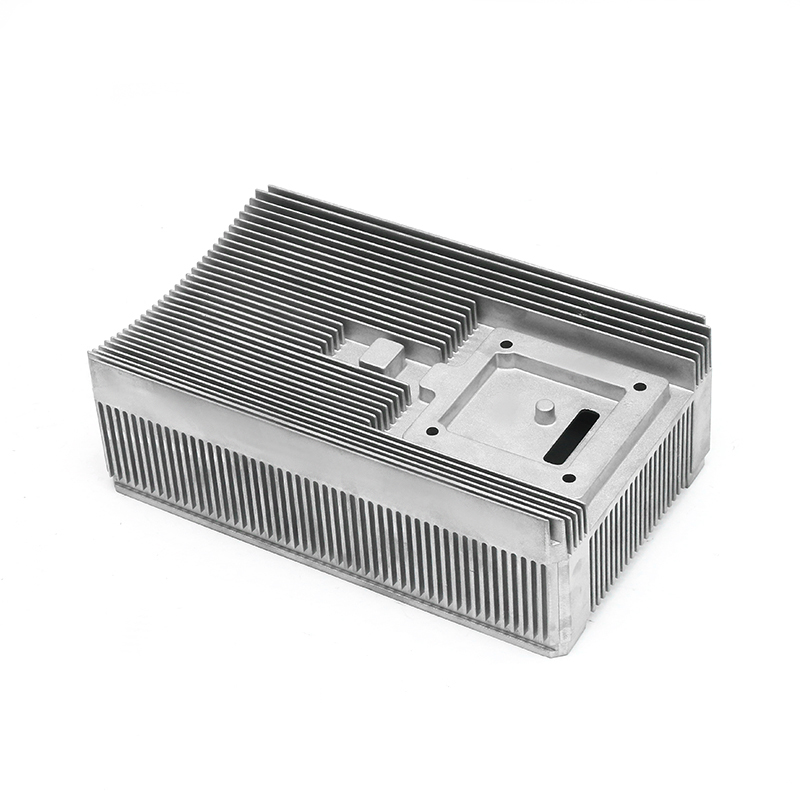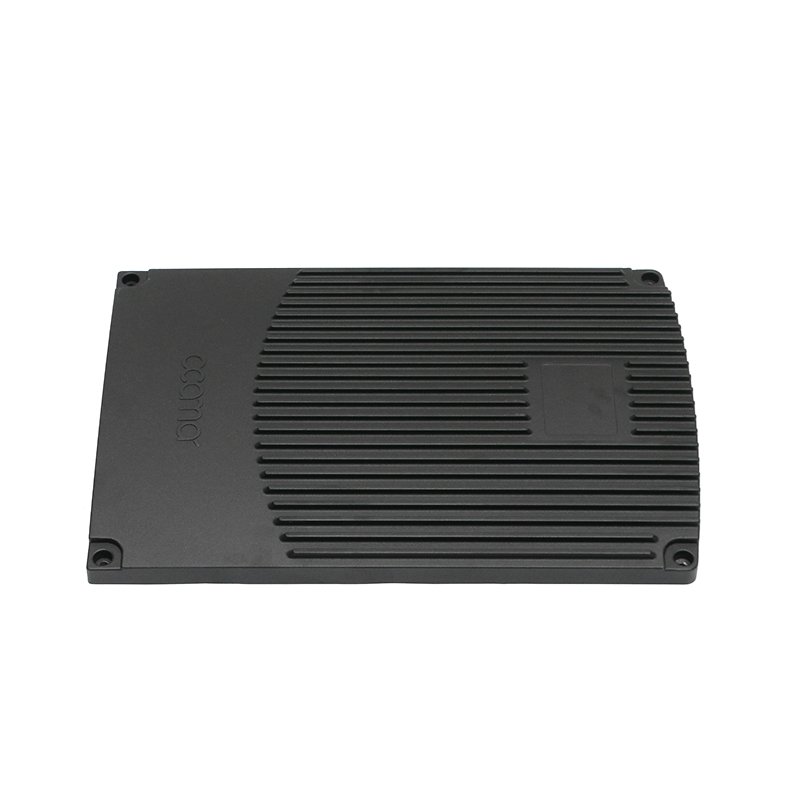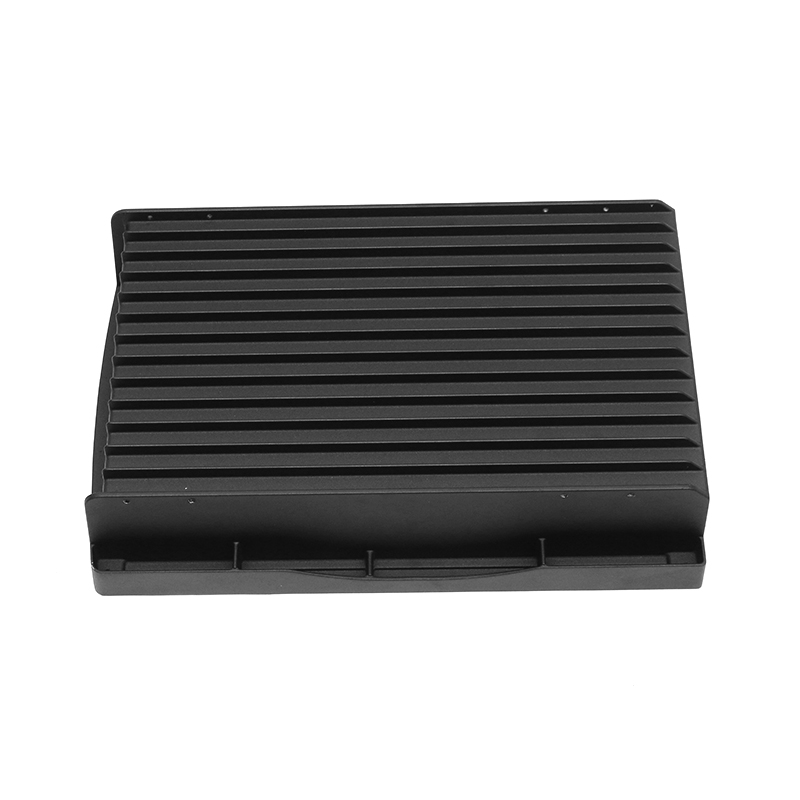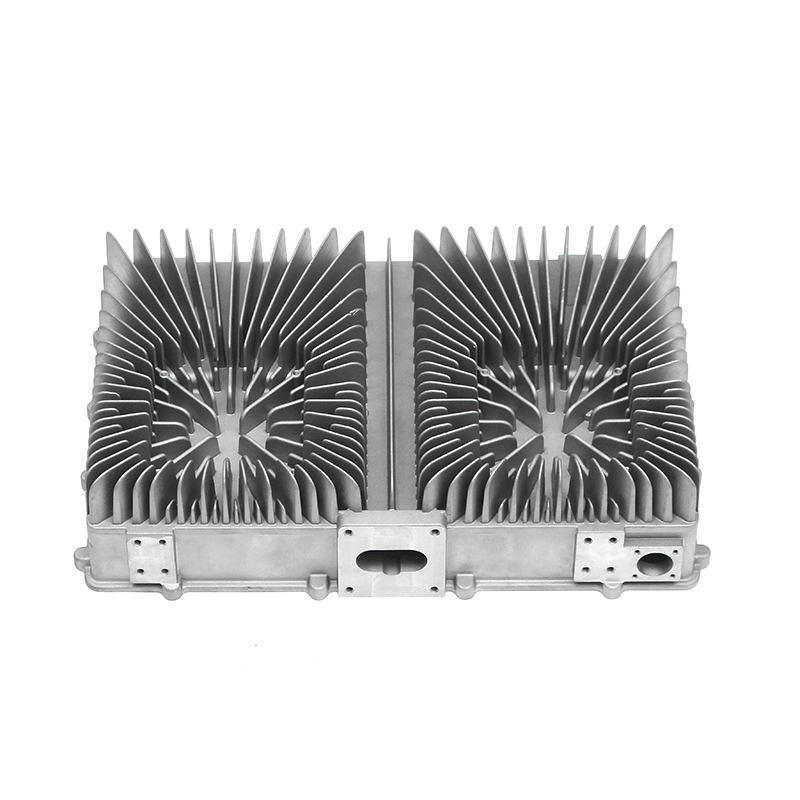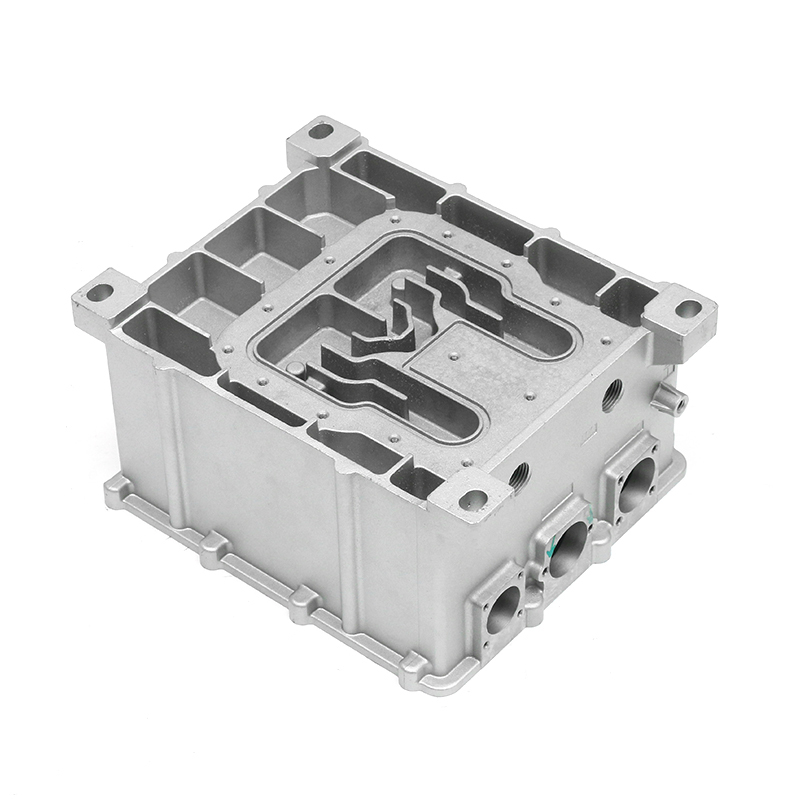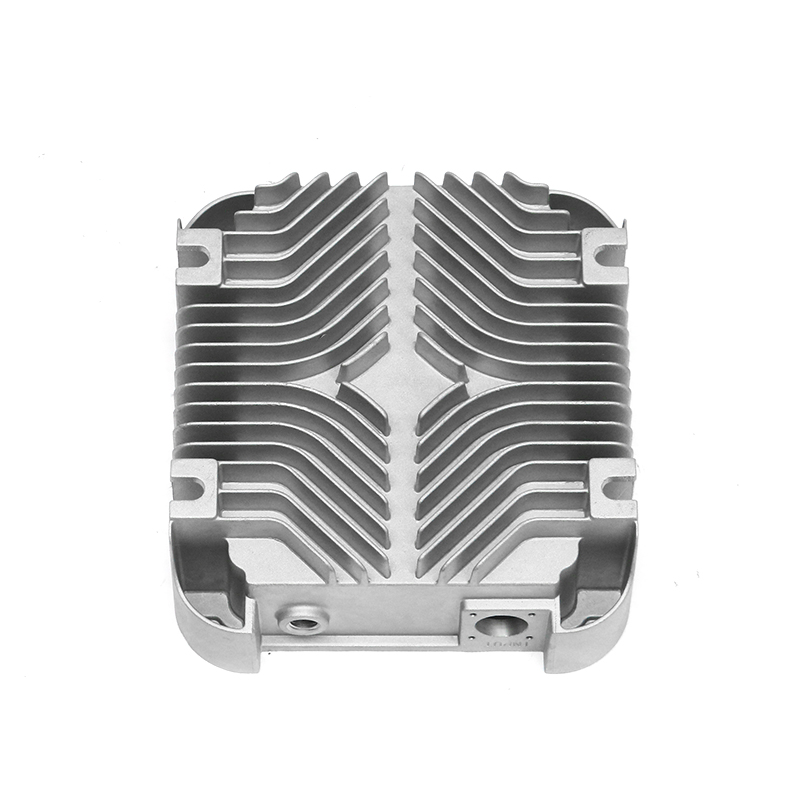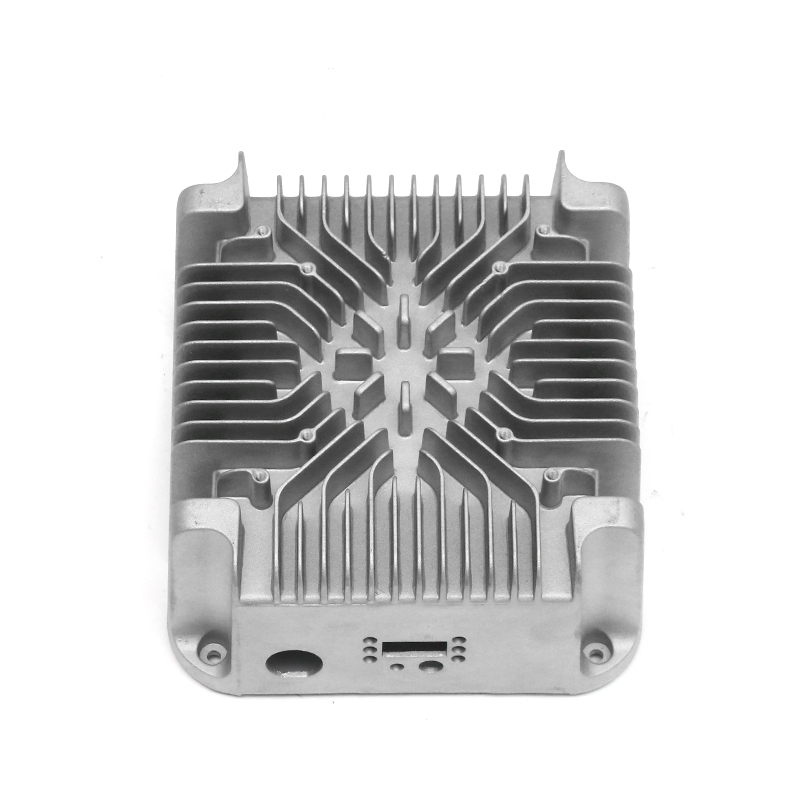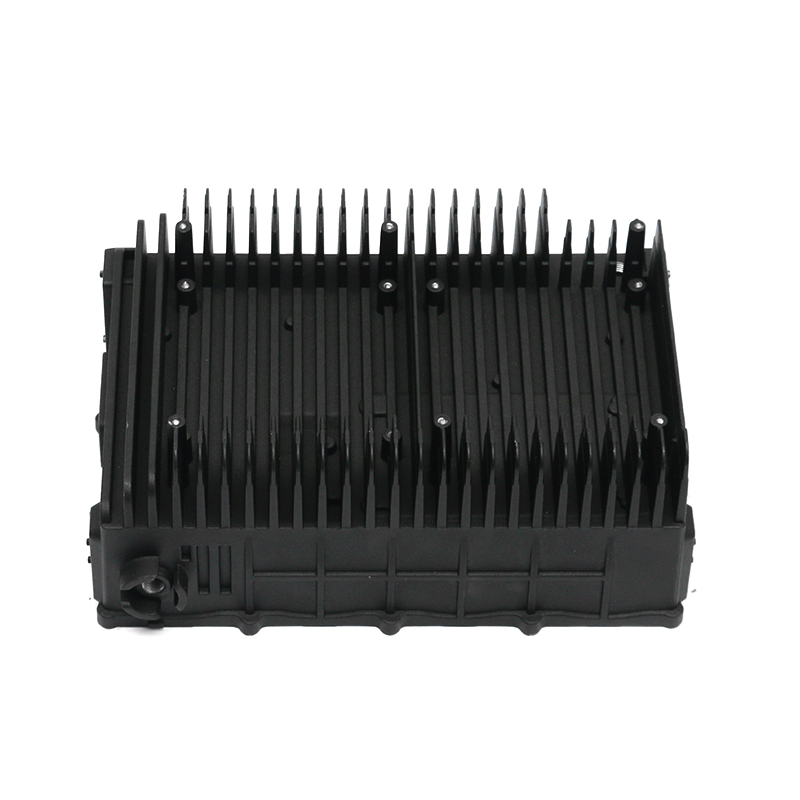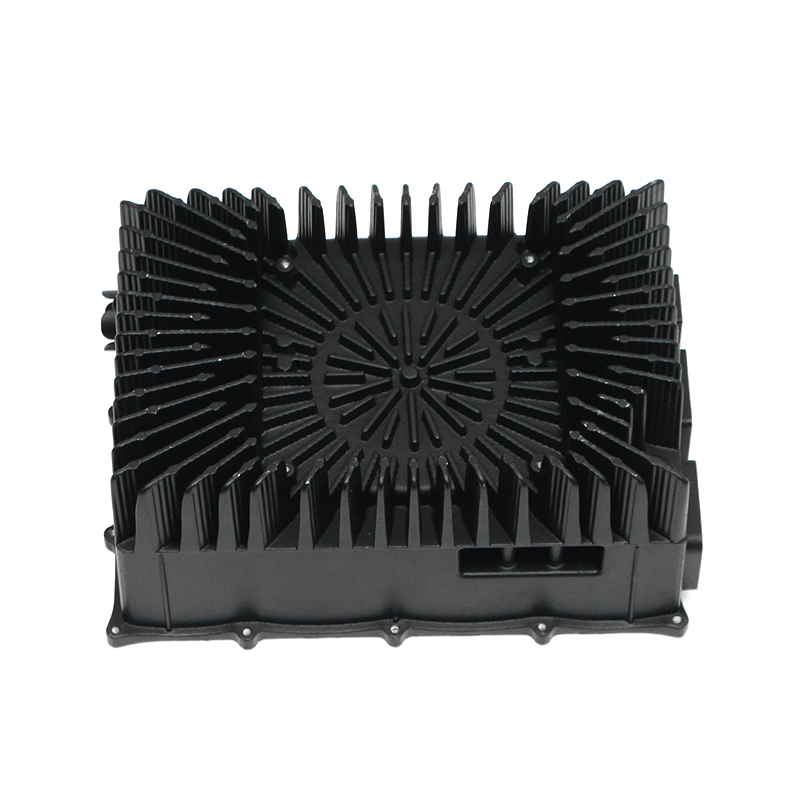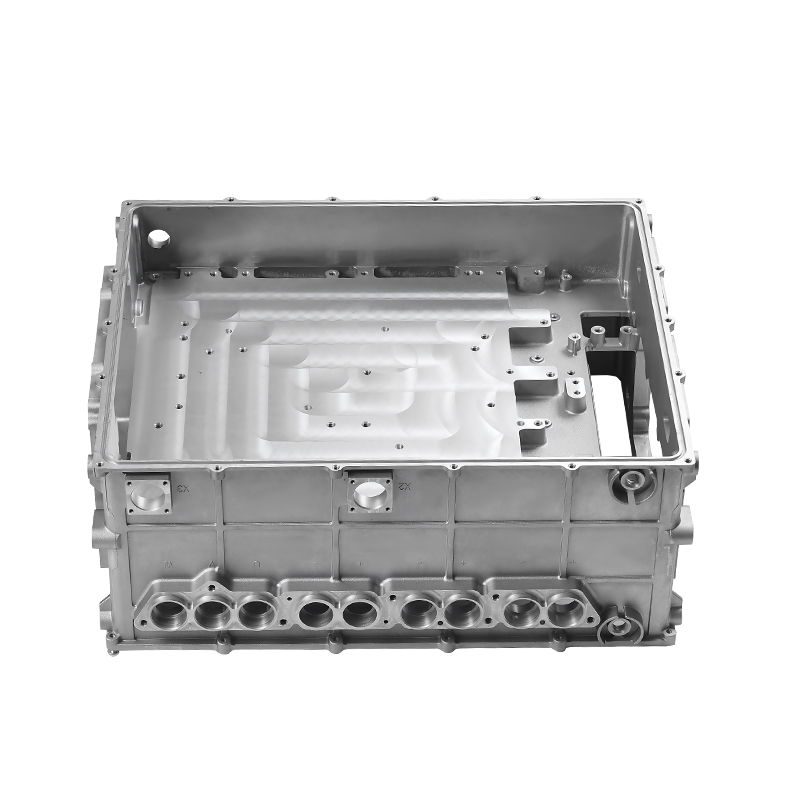In the die casting production process of new energy motor housing die casting, it is crucial to optimize energy consumption and improve economy. Reasonable process design, material selection, equipment management and optimization of production process can achieve the goal of energy saving and consumption reduction while ensuring product quality.
In the production process, it is necessary to optimize the utilization rate of materials from the source. Reasonable selection of suitable alloy materials can not only ensure that the housing has good thermal conductivity and mechanical strength, but also reduce redundant energy consumption. By accurately calculating material requirements, reducing waste, optimizing alloy composition, and reducing energy consumption in the smelting process, while improving material recovery rate, the overall production cost can be reduced.
Reasonable setting of smelting temperature and ensuring temperature stability can help reduce energy loss. In this process, the use of efficient heating equipment combined with an automated temperature control system can improve energy utilization. At the same time, optimizing the thermal insulation performance of the smelting furnace and reducing heat loss can also effectively reduce energy consumption. In addition, reasonable production planning and avoiding frequent startup and shutdown can reduce energy waste and improve the operating efficiency of equipment.
Efficient mold design can reduce material waste, improve the yield rate, reduce the defective rate, and reduce the extra energy consumption caused by rework. Reasonable optimization of the mold cooling system so that it can cool down quickly and remain stable can effectively shorten the production cycle and improve production efficiency. The use of advanced mold materials and surface treatment technology to improve the durability of the mold can reduce the frequency of mold replacement and reduce long-term production costs.
In the selection and use of die-casting equipment, the use of energy-saving die-casting machines is an effective way. Modern intelligent die-casting equipment is usually equipped with an automatic adjustment system that can reasonably allocate energy consumption according to production needs and reduce unnecessary electricity use. At the same time, optimizing the hydraulic system, improving power transmission efficiency, and reducing energy loss can also further reduce overall energy consumption without affecting production efficiency.
Through automated equipment and intelligent management systems, the production rhythm can be optimized, waiting time can be reduced, and overall production efficiency can be improved. In addition, the production batches can be reasonably arranged to avoid the problem of excessive energy consumption caused by small batch production, so that each production can achieve higher energy utilization.
The scraps and waste generated during the production process can be processed through a reasonable recycling system and put back into use to reduce the consumption of raw materials, thereby reducing production costs. In addition, improving waste gas treatment technology, reducing energy waste, and making the entire production process more environmentally friendly can also bring long-term economic benefits to the company.
In daily management, strengthening the maintenance of equipment can ensure the long-term efficient operation of the equipment and avoid additional energy consumption caused by failures. At the same time, professional training for operators to improve their awareness of energy-saving production and enable them to take energy-saving measures in the production process is also an important part of optimizing overall energy consumption.
Recommended Products
Products provided by famous enterprises are deeply trusted by users.
